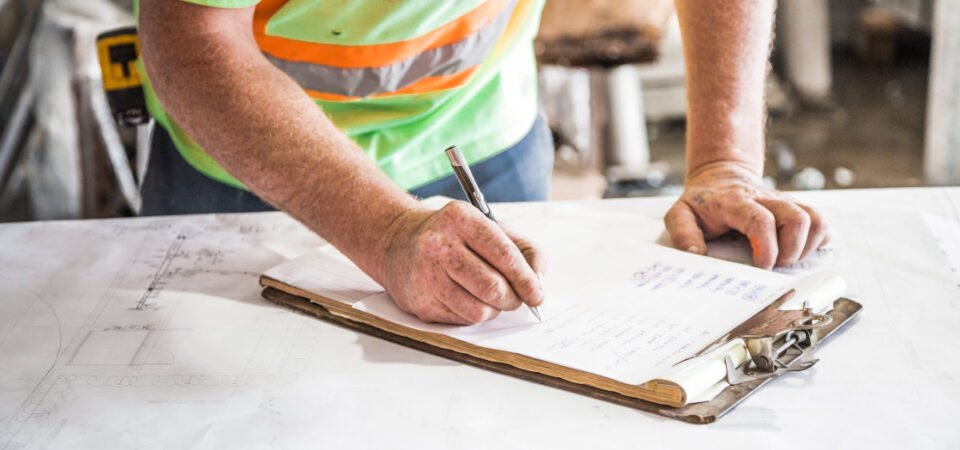Foundations of Estimating
Tired of blindly trusting contractors? Want to learn how to estimate yourself? Training Employees? Side gig? Regardless of why, you’re here, Clear Construction Estimates will help you learn how to estimate.
Overview
In my opinion, the more detailed the estimate, the more accurate the estimate, the less change orders, procurement, and schedule issues, the happier the owner, the more recommendations you receive and the more business you bring in, and we all know where that leads.
For the purposes of this post, we are covering the basics. This might be for a young, new hire, who has little to no construction experience. We will break our estimates into for basic categories. These categories include materials, labor, equipment, and consumables.
Materials
Materials are anything that will permanently remain on site upon completion of the job. This includes concrete, rebar, brick, vapor barriers, framing materials, hardware, flooring, and the list goes on and on.
Estimators often calculate calculated as square footage (SF), linear footage (LF), count (EA), cubic feet (CF), and cubic yards (CY). The previously listed measurements are not all encompassing, but rather are examples of the most common measurements.
Labor
Labor is the people and time it takes to complete the work. This includes carpenters, framers, painters, plumbers, landscapers, you get the idea.
Estimators calculate labor by the hour (HR), week, or month (MO).
Equipment
Equipment would be anything a company might need to rent in order to move or assemble something. Examples of this might be a forklift, crane, auger drill, power washer, air scrubbers, and so on.
We often calculate equipment by the day, week, or MO.
Consumables
Consumables are anything that will be used to complete the job not staying at the job when you leave and are not rented. Examples of consumables may include drop cloths for painting so you don’t get paint of floors. Formwork for concrete so the concrete has edges. Others may include roof protection, fall protection, or cabinet protection.
Estimators calculate consumables similar to materials. Examples include SF, LF, EA, CF, or gallons (GAL).
Considerations
Several factors to keep in mind while building estimates are taxes, escalation (inflation), waste (needing 1/2 a box of screws, but needing to order an entire box), contingency (improvising for imperfect conditions or re-work) , permitting costs, subcontractor fees, general contractor fees, general oversight, and the list goes on. These topics will not be explored in depth in this blog, but will be headlines in future ones.
Another important factor includes qualifications. These are important when creating estimates for someone else or your future self. They detail exactly what was included in the estimate and how it was accounted for. See my post on qualifications here.
If you found this content helpful, or have any additional topics you would like us to cover, drop a comment below. Thanks!

Leave a Reply